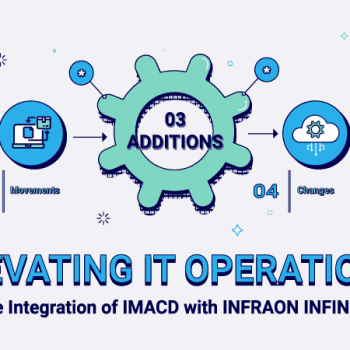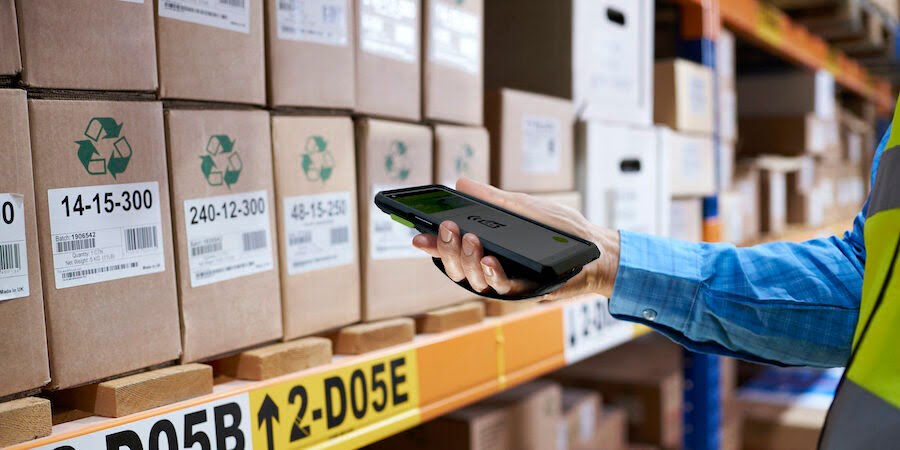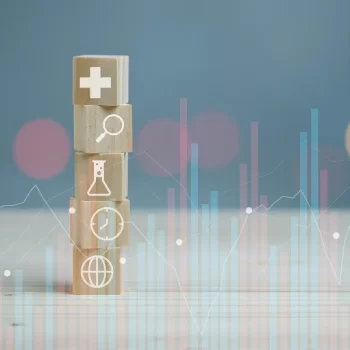The use of technology in modern healthcare has greatly improved people’s lives. More than 1800 different types of medical devices are thought to be in use, according to data from the National Center for Biomedical Information.
Asset tracking in the healthcare industry is evolving. Through 2024, the cutting-edge tools that allowed hospitals to track the whereabouts of their equipment will continue to advance. Hospitals can now benefit from asset tracking’s potential time, energy, and financial savings thanks to advancements in technology. In this article, we examine the developments in healthcare asset monitoring for 2025 and the ways in which hospitals will profit from them.
Modern medical equipment necessitates solutions that utilize cutting-edge technology to monitor and track these pricey medical assets while enabling an efficient maintenance plan to increase asset lifespans. Software providers offer real-time automated asset tracking and real-time environmental and power monitoring to maintain continuous visibility, which is essential for healthcare facilities. It will quickly emerge as the solution to various asset management and tracking difficulties.
Benefits of Asset Tracking in Healthcare
Thanks to an efficient healthcare asset tracking system, patients can receive the appropriate care and treatment at the proper time. Once you know where to deploy them, which ones to deploy, and where they should go, the work of deploying assets becomes a lot easier.
Inventory can be given RFID tracking tags, which can be used to follow assets as they travel about the institution and notify staff when items are being taken off hospital grounds in real-time, solving the problem of lost inventory. Additionally, labeling and tracking require knowledge about the assets hospitals already possess, lack, and need to replace. Inventory is tracked, and the habit of wasting money on assets that are misplaced yet actually exist is stopped.
Hospitals or healthcare devote a considerable portion of their annual budgets to acquiring, upkeep, and repairing equipment. Effective asset tracking lowers hospital expenses, freeing up funds to support other initiatives. The benefits of using asset tracking in a hospital’s operations are listed below:
Related article : The Appropriate and Perfect Asset Tracking Stickers
Equipment Tracking:
Operational efficiency in hospitals depends on asset conditions. Healthcare providers cannot offer the patient treatment without adequately operating equipment, and hospitals risk facing legal trouble. IT teams can perform repairs or buy new equipment as needed thanks to asset monitoring, which keeps them informed about the health of their equipment.
Keeping track of the status of your equipment will help you avoid making impulsive purchases, paying too much for expedited shipping, and making ordering mistakes. The meticulous and regular monitoring that asset tracking encourages leads to more precise equipment repair and replacement handling.
Tracking of patients and personnel:
Hospitals can be large, complicated human labyrinths. Be aware of your staff’s whereabouts to assist patients during their hospital stay efficiently. Monitor patients to make sure the patient flow is operating at peak efficiency.
Boost audit security with an additional layer. In the event of an audit, there is a symbolic paper trail provided by RFID technology to tie up any loose ends. All the patients and employees are present; ideally, everything is operating at its best.
Improved Healthcare:
The ultimate objective of any healthcare facility is to offer top-notch medical care to every one of its patients. Unfortunately, this high level is sometimes jeopardized since skilled healthcare workers are frequently preoccupied with irrelevant activities like finding missing property and attending to unforeseen maintenance.
The patient experience, wait times, and even the number of beds available can all be greatly impacted by these problems. Systems for managing assets ensure they are available when needed, where they should be, and in good working order for patients and healthcare personnel.
Inventory and orders are also simpler to manage with an asset tracking system in place. Healthcare personnel can spend more time caring for patients because this can be far less time-consuming than a manual stock take.
Better Resource Management:
An asset tracking system produces real-time data on assets and how they are used within the facility. For each device, it logs maintenance work and gathers usage data. It reveals the equipment’s genuine and current value and aids in the creation of an accurate ROI estimate.
Management has access to real-time information on the overall performance levels of a facility thanks to an efficient asset tracking system. It enables you to create a precise picture of your complete operation and locate places where resources might be directed for the best outcomes. It is possible to quickly identify which equipment needs maintenance, repair, or replacement with excellent and consistent system monitoring. Operational costs may also be affected by these decisions.
More crucially, improved overall management results in more effective deployment and use of expensive healthcare assets. Patients are guaranteed better customer service with the less waiting time. All of this suggests that investing in a robust healthcare asset monitoring system will result in an improved company.
Real-Time Asset Tracking for Medical Equipment Using RF Code:
In today’s dynamic data center environments, real-time asset management is essential. RF Code offers active RFID-powered solutions that enable improved real-time asset tracking and protection for assets in the healthcare sector. Each asset has an RFID tag attached, allowing your hospital to monitor assets and continuously receive data on each device’s performance and operational effectiveness. With RF Code, IT asset managers may monitor essential data, such as location, status, and temperature.
Handling Missing Medical Supplies and Equipment:
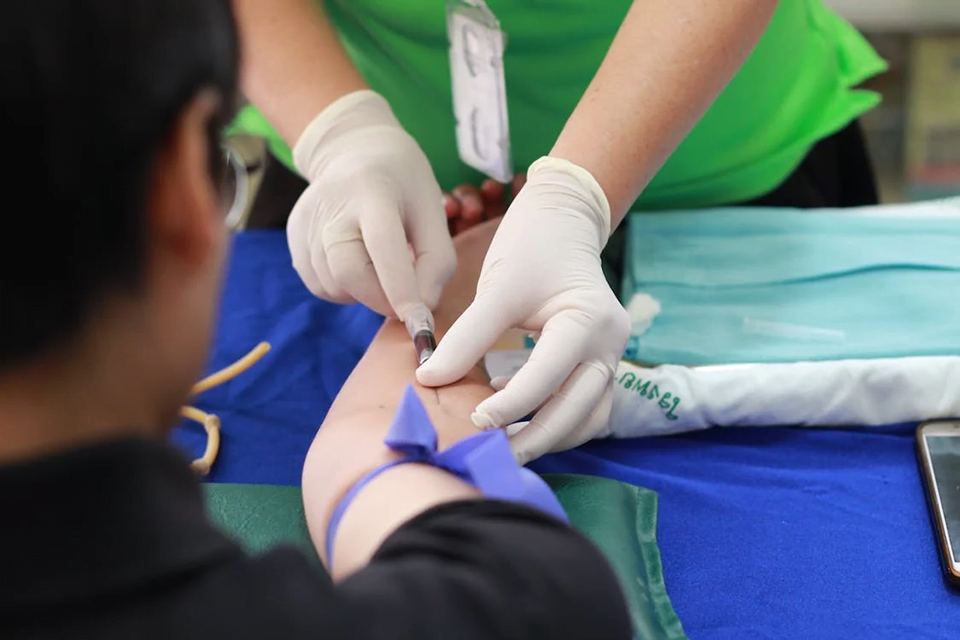
Like most contemporary businesses, hospitals work with supply chains and frequently place orders for an entire fiscal year’s worth of goods. The lack of a competent system for tagging and accounting for each item purchased greatly raises the risk of missing or stolen supplies.
Large concerns arise when important assets are lost due to theft, loss, or carelessness. First, it makes the business incur higher operating costs. The healthcare will have to reorder and pay for the missing materials because the supplies have already been committed. Second, if essential tools or materials are suddenly unavailable, the facility’s ability to deliver services will probably suffer. Expect the bottom line to suffer in both situations.
Effective tracking procedures may handle a variety of responsibilities, including finding medical equipment, giving current information on each item, and allowing full access to maintenance records. Staff may spend more time caring for patients and less time looking for equipment thanks to the asset tracking system, which provides vital information about all your assets.
Planned Maintenance:
The lifespans of your assets are extended by proper preventive maintenance. To ensure that nothing falls between the gaps, asset tracking enables you to define maintenance schedules for your machinery.
Preventive maintenance is also scheduled as part of maintenance. By following a preventative maintenance routine, you can stop issues before they arise and keep your equipment functioning as it should. By implementing asset tracking, your IT teams may do preventive maintenance that saves time and money. Preventative maintenance reduces the need for future, more expensive reactive maintenance while also saving time, money, and stress.
Monitor Pharmaceutical Environments:
Several drugs must be kept at the right temperature, and labs must supply test specimens. Continuous monitoring of storage racks and spaces is necessary to prevent harm to the assets. When temperatures drop or rise, this technology can notify the necessary staff.
Numerous healthcare facilities rely on active-RFID technology to help them focus on patients, decrease downtime, spend less on medical equipment, and improve staff and patient safety. The use of technology that supports the increased pressure placed on healthcare professionals to offer high-quality care should change along with the healthcare condition.
Final Thoughts:
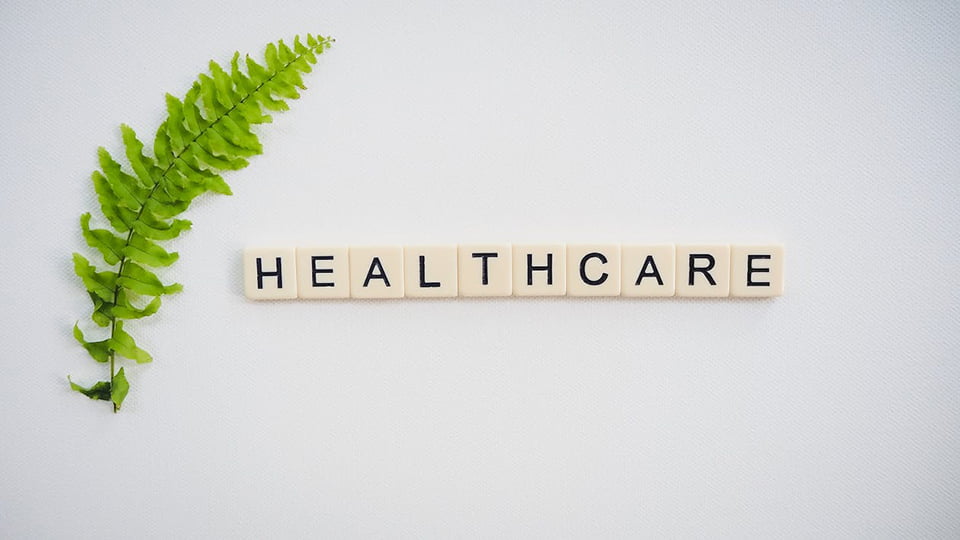
Asset management is not a novel concept in the healthcare sector. However, as a result of recent innovations, 2025 will bring about technological advancements that enable hospitals to enhance patient care, cut costs, and develop more efficient asset management plans.
Asset tracking for healthcare can enhance hospital operations and improve patient care and outcomes. More hospital systems will implement these programs to innovate processes as the healthcare cart asset track expands.
Related article: SaaS Based Asset Management: 5 Main Reasons why Asset Managers choose it
FAQs
What is hospital asset management?
In hospitals, asset management is a highly organized and economical method of managing, purchasing, maintaining, using, and disposing of any healthcare organization’s machinery, equipment, and physical assets.
What assets do hospitals have?
A hospital has a wide variety of assets, both material and intangible. They consist of machinery, equipment, patient monitors, scales, respiratory machines, mammography units, mobile X-ray units, refrigerators, ECG monitors, ultrasound machines, diagnostic equipment, Laptops, examination tables, and inventories (such as gloves, masks, medicines, oxygen cylinders, sheets, document papers, and envelopes, X-ray films, and so on).












